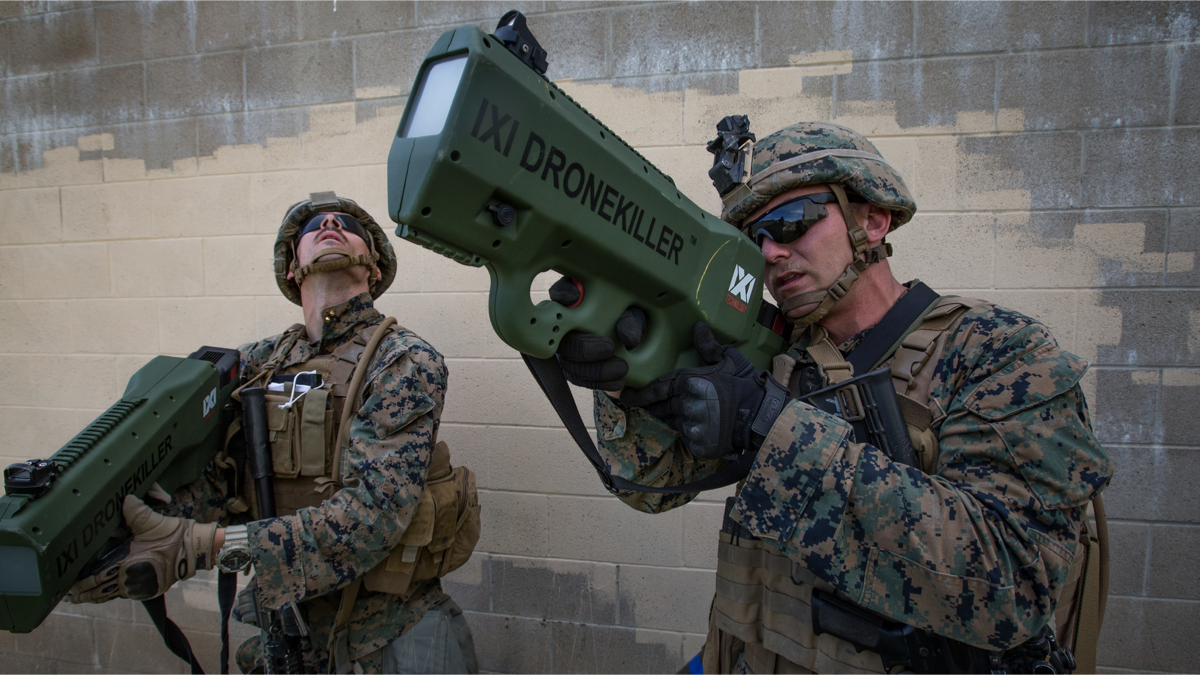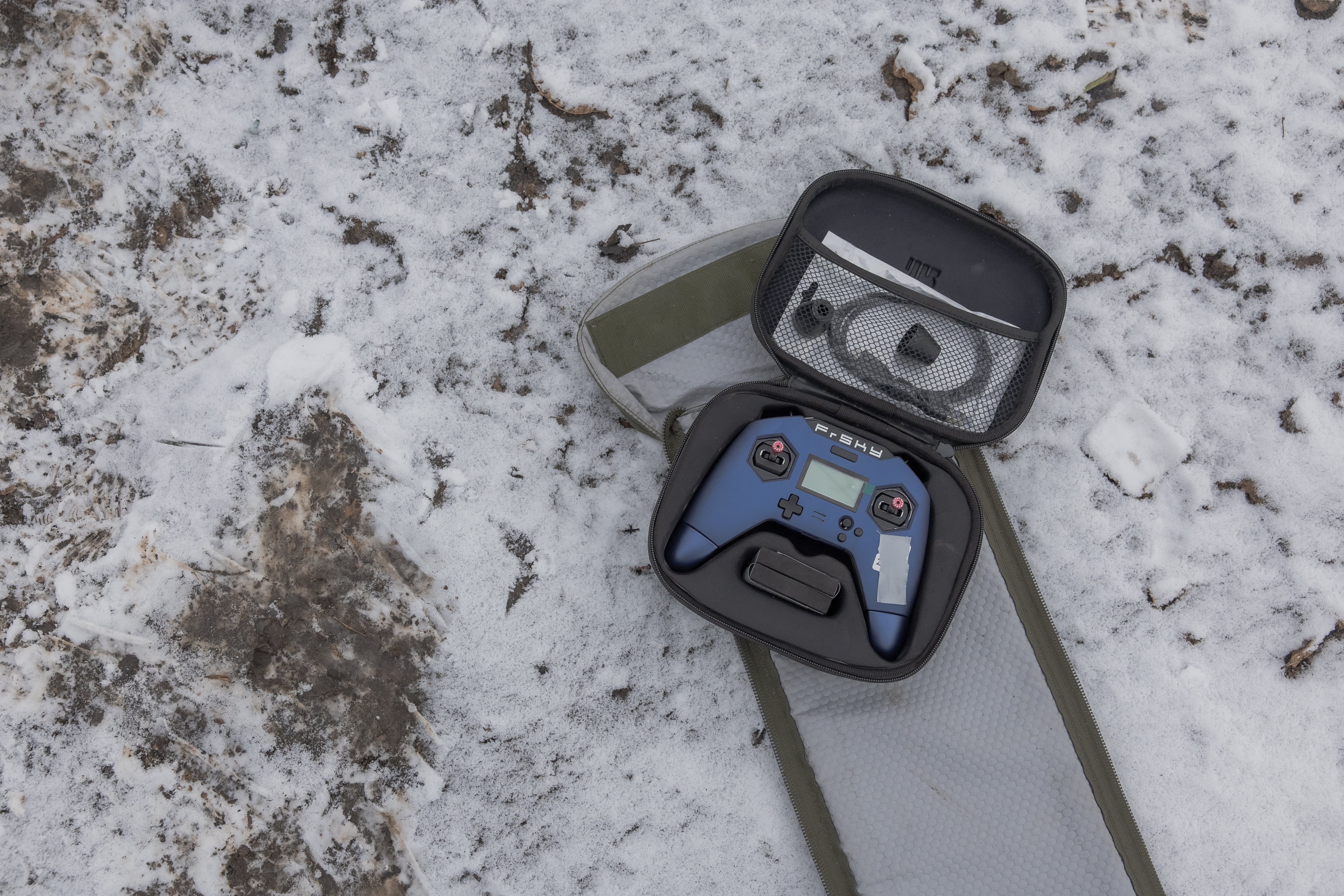If the Navy wants to detect nautical mines from the sky, the job often requires an MH-60 helicopter and an on-board countermeasure system.
This arrangement lets operators learn about these mines and do so from a safe distance. Now the service wants something more nimble.
One solution could be a small quadcopter sporting an ultra-sensitive magnetometer sensor system. This setup would allow the instrument to detect mines and then relay the information almost immediately to a handheld Android device.
While the Navy hasn’t committed to a platform yet, early trials have involved the Physical Sciences Instant Eye, which weighs less than five pounds and sports a diminutive 12-inch wingspan.
Existing solutions “tend to be large, expensive, or relatively slow,” said Dr. Rosemarie Oelrich, a scientist at Naval Surface Warfare Center, Carderock Division Combatant Craft Division. “We are looking for a quick exploratory search capability.”
Oelrich and her colleagues are testing what’s formally known as a Mine Warfare Rapid Assessment Capability (MIW RAC) system, a product of the Office of Naval Research’s (ONR) TechSolutions program.
In development since 2015, the system could soon be available to the fleet, as engineers fine-tune the magnetometer sensor which forms the heart of the detector. Developed by Broadband Discovery Systems, the sensor uses complex algorithms to conduct a range of detections.
Already, the Navy’s expeditionary combat command and the explosive ordinance disposal group have both expressed an interest in the capability.
New capabilities
Previous remote-detection systems have struggled with immediacy, often leading to lag times as their discoveries were downloaded to end users. The Navy hopes to remedy this.
“Some other autonomous systems will collect and record data and download upon their return,” said Jason Payne, assistant program manager at ONR. “This gives real-time information back to the operator.”
While real-time reporting is valuable, the key capability is in the ability to distinguish between objects.
“You have a lot of magnetic noise out there in the environment and it can be a difficult issue for most magnetometers,” Oelrich said. As an example, “Your keys will always set off a metal detector.”
But the new system has been carefully calibrated to flow with the noise.
“If you fly in an area with concrete and rebar, the sensor normalizes that out, it becomes part of the environment, and then it detects anything that is a signal on top of that,” she said.
This doesn’t mean the instruments can detect mines, per ser. It’s easy to fake a magnetic signature. For example, a propane tank can be disguised as a water heater simply by sticking a couple of magnets on it.
The sensors Oelrich’s team is experimenting with wouldn’t spot the difference — at least not yet — but, at a glance, it could tell the operator whether there was a metal object that required further investigation.
“We’ve developed a detection system, not a classification system,” Payne said. “We can detect a ferrous object, but we can’t necessarily classify it as a mine or any particular threat.”
It’s likely a new system would be augmented with a range of other ISR components, especially if operators were looking to get a more detailed look at suspect objects without having to put themselves in danger.
“You may need to visually inspect something, in which case you could use the camera that is on the UAV, or if you want to identify a particular compound you may need an entirely different sensor,” Oelrich said. “It will depend on the mission.”
While the system has performed well in early trials, developers are looking at further advances. Right now, the steady flow of data can overwhelm a handheld device. Data interpolation and analysis tools could make that more manageable.
Engineers also are tinkering with resolution, with the thought being that a lower-resolution scan could provide a quick glimpse with less data to transmit. This could be followed up by a deeper scan if needed. Alternately, a Windows version of the system could make it possible to attach a standalone computer and thus process the data even faster.
“We are trying hard to make the information as actionable as possible for the end user, while also giving them the ability to adjust settings at their discretion,” Oelrich said.








